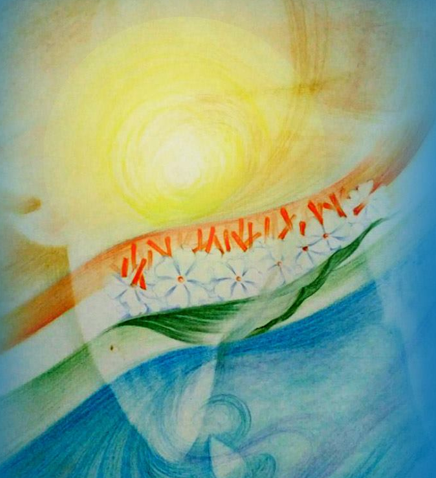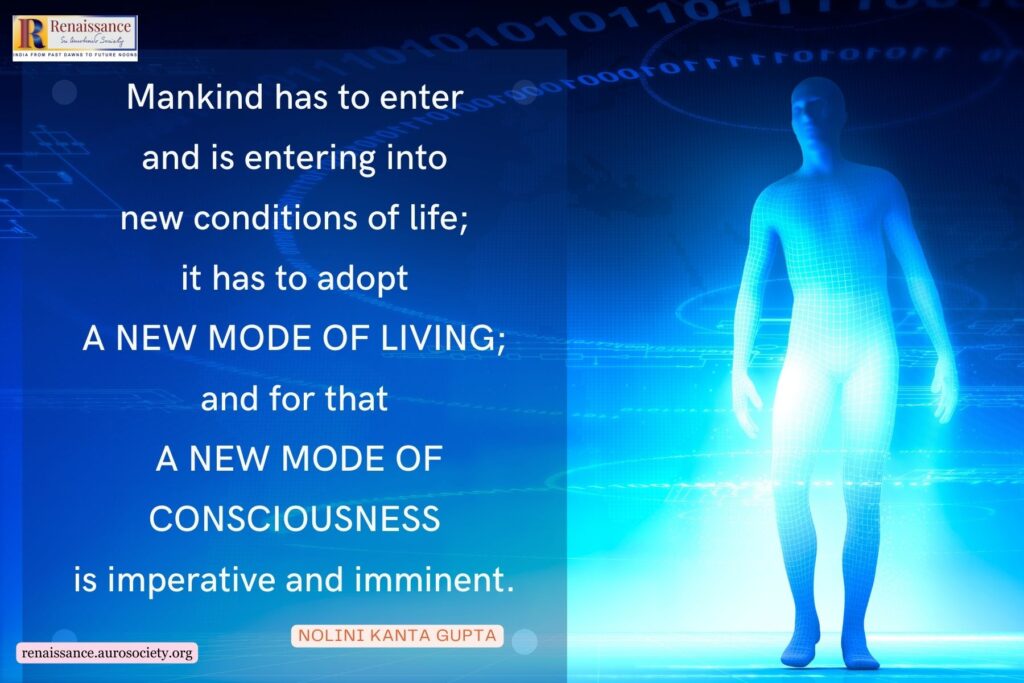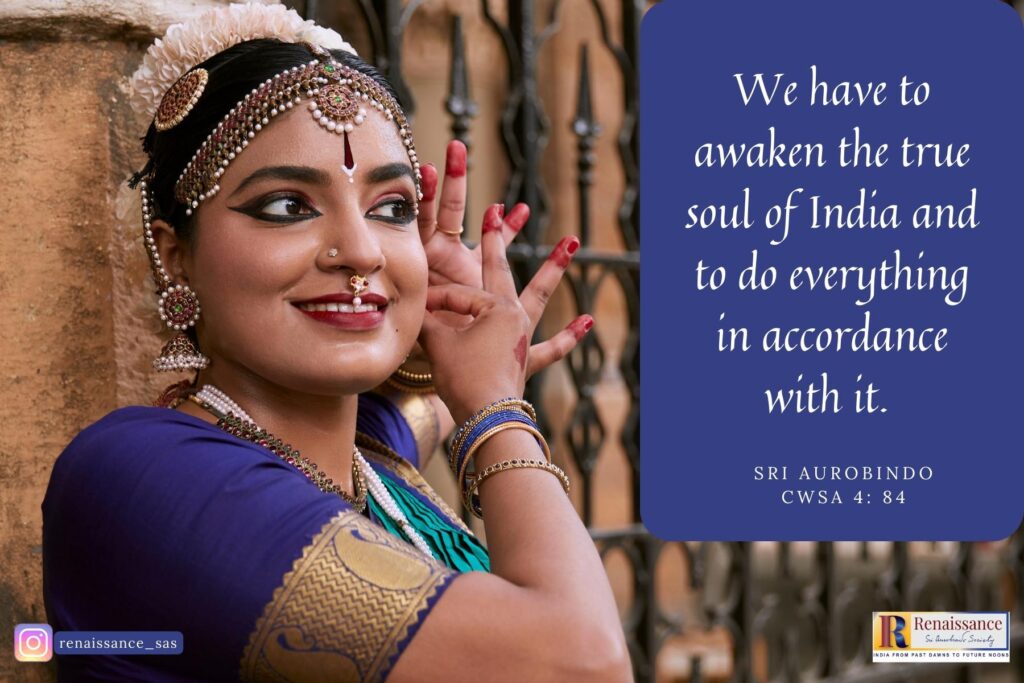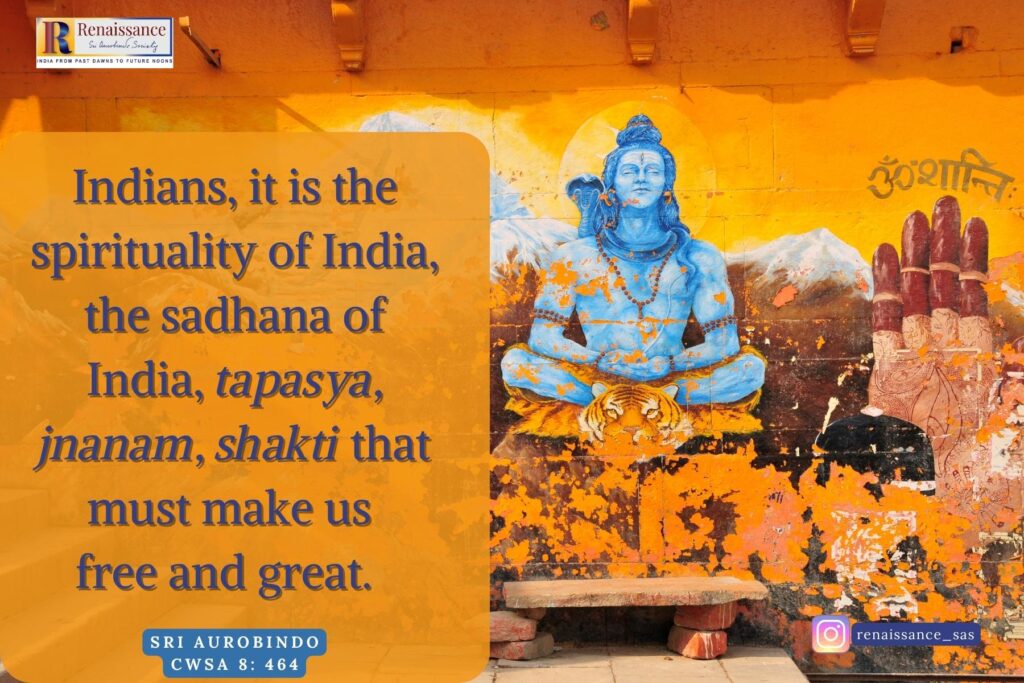Author: Agali Venkappa Sastri
Continued from Part 6
RELIGIOUS AWAKENING
The Indian motive in politics had to find its entry from other sources, from the depths of the consciousness of the race which had been overlaid temporarily, dulled but not extinguished. Religious consciousness is total, emphatic and pervasive, not partial and superficial like political velleities, not lacking in intensity and effectiveness like humble petitions and advices, not again limited to certain spheres of life only but embracing the totality of existence. The phenomenon broke forth in numerous movements.
The beginnings of the Brahmo Samaj, the Arya Samaj in the Punjab, the movement associated with the great names of Sri Ramakrishna and Swami Vivekananda, the movement of orthodox Hindu revivalism, Neo-Vaishnavism in Bengal, the revitalisation of old sects and disciplines, all attest to the psychic reaction against the pressure of alien incompatible modes. A central impulse started afresh.
It was not a pragmatic gesture. It was a reaching out of the nation’s consciousness, not a petty purposive expression, or conscious calculated direction of the mind towards certain points but a movement of energy, a movement of light, a movement of joy at the discovery of the nation’s soul.
Swami Vivekananda gave Hinduism an aggressive turn “necessary for self-preservation” against the onslaught of misconceived missionary activities in our land and necessary for a re-emergence of the faith in its plenary vigour. In the words of Sri Aurobindo:
In a recent unique example, the life of Ramakrishna Paramahansa, we see a colossal spiritual capacity first driving straight to the divine realization, taking as it were, the kingdom of heaven by violence, and then seizing upon one Yogic method after another and extracting the substance out of it with an incredible rapidity, always to return to the heart of the whole matter, the realization and possession of God by the power of Love, by the extension of inborn spirituality into various experiences and by spontaneous play of an intuitive knowledge.
~ CWSA, Vol. 23, p. 41
There was an upsurge of consciousness of power, a new dynamis of the spirit that was bound to revivify the nation as a whole.
It was in religion first that the soul of India awoke and triumphed. There were always indications, always great forerunners, but it was when the flower of the educated youth of Calcutta bowed down at the feet of an illiterate Hindu ascetic, a self-illuminated ecstatic and ‘mystic’ without a single trace or touch of the alien thought or education upon him that the battle was won.
The going forth of Vivekananda, marked out by the Master as the heroic soul destined to take the world between his two hands and change it, was the first visible sign to the world that India was awake not only to survive but to conquer.
~ CWSA, Vol. 8, p. 62

THE BENGAL MOVEMENT AND THE RELIGION OF PATRIOTISM
The religious consciousness extended to the political field in Bengal. The movement in Bengal prefigured the coming struggle on the wider stage of India. Swadeshi, National Education, Arbitration, the whole technique of Passive Resistance that later obtained freedom for the country as a whole, were first resolutely tried in Bengal.
From an outer imitative phase Bengal had entered upon a subjective, inwardly inspired stage. The religious awakening that came early, the peculiar temper of the Bengali race, their implicit faith, readiness to sacrifice all for a cause, their imaginative susceptibilities, the hurt they received from the Partition all account for Bengal becoming the first workshop of Indian nationalism. The new nation was born. Here, as in the early Sein Fein, the ideal was ‘to be ourselves’, not to be like the English or someone else.
As Sri Aurobindo wrote: “The Swadeshi movement… was a movement which attempted to override the previous impossibility of political creation by the Indian spirit upon other than imitative European lines.” (CWSA, Vol. 20, p. 63)
The movement of 1905 pursued a quite new conception of the nation not merely as a country, but a soul, a psychological, almost a spiritual being, and even when acting from economical and political motives, it sought to dynamise them by this subjective conception and to make them instruments of self-expression rather than objects in themselves.
~ CWSA, Vol. 25, p. 39
It was a process of self-finding. In Bengal there was a first trial of all those means which later availed to secure freedom for us – Swadeshi, Boycott, National Education, Arbitration, Passive Resistance, and being confined in the first stages to the limits of a province, the movement exhibited singular unanimity, concentration and energy.
It was not, however, in the anticipation of the mere machinery of agitation, the invention or energetic application of the methods of Passive Resistance but in the rarer divination of the soul of the people that the Bengal movement really proved to be the precursor of Indian nationalism.
“Our attitude is a political Vedantism. India, free, one and indivisible, is the divine realization to which we move, – emancipation our aim…”
CWSA, Vol. 6, p. 302
The exposition of the Nationalist creed by men like Bipin Chandra Pal, its final Vedantic statement by Sri Aurobindo in the Karmayogin and the Dharma, and, to anticipate a little, its affirmation from the Congress Presidential chair in less metaphysical, less comprehensive, but substantially identical terms by Chitta Ranjan Das in 1925, all reflect the stamp set by Bengal on Indian Nationalist thought.
The religion of patriotism enshrined in the Bandemataram of Bankim rapidly spread. It made articulate the nation’s soul. If the nationalism of the first stage had been an intellectual creed which could not be transmitted to the bulk of the nation, it now found rhythmical utterance and straightaway appealed to the heart and the great mass of the people.
The nation had definitely come to regard itself subjectively. It was set on the path to discover itself and the significance of the changed vision and changed direction will be evident only when spirituality is completely exemplified in the nation as a whole.
Continued in Part 8…
Cover image: Bhārata Mahima, by Ritam Upadhyay



